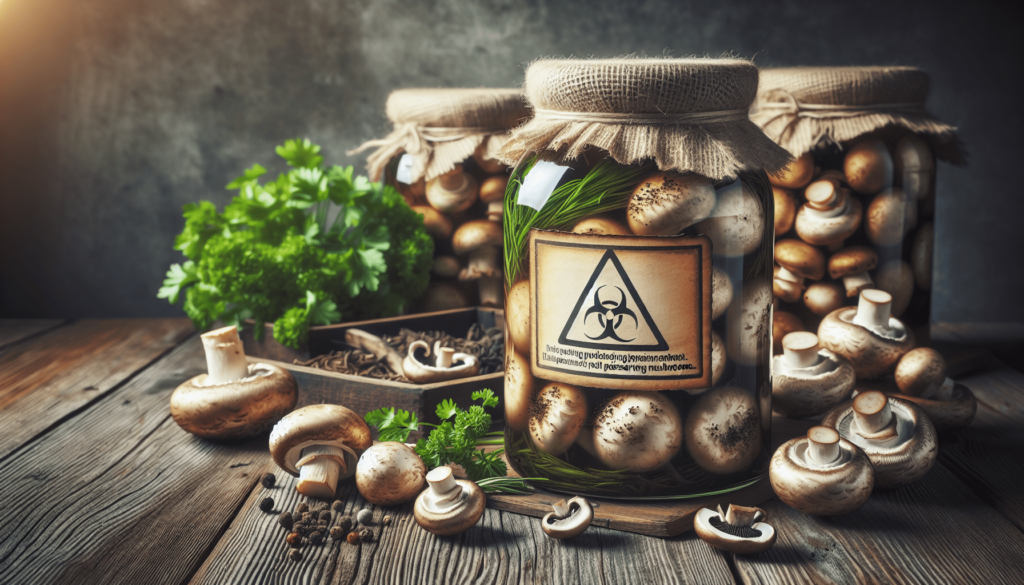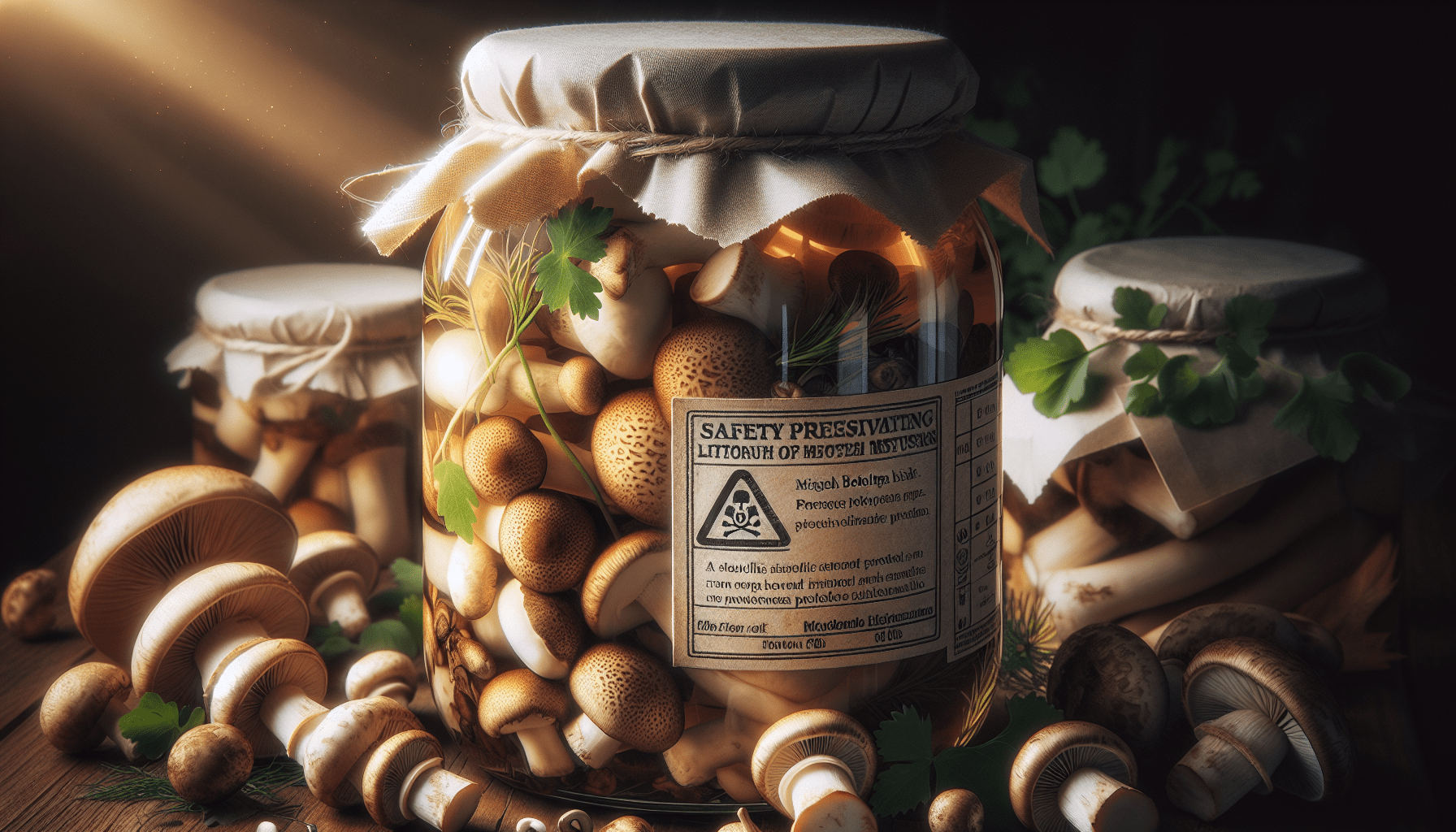Are There Any Risks Of Botulism When Preserving Mushrooms?
Overview
Preserving mushrooms is a great way to enjoy their flavor year-round, but there are potential risks involved. One of the main concerns when preserving mushrooms is the risk of botulism, a serious illness caused by the bacteria Clostridium botulinum. In this article, we will explore the risks of botulism when preserving mushrooms and how to minimize these risks.
Understanding Botulism
Botulism is a rare but serious illness that can be fatal if not treated promptly. It is caused by a toxin produced by the bacteria Clostridium botulinum, which grows in low-oxygen environments like canned or preserved foods. The toxin attacks the nervous system and can lead to paralysis and even death if left untreated. It is important to be aware of the risks of botulism when preserving mushrooms, as they can be a perfect breeding ground for the bacteria if not handled properly.
Risks of Botulism When Preserving Mushrooms
Preserving mushrooms can create an environment where the bacteria that causes botulism can thrive. This is because mushrooms are low-acid foods, which means they have a higher pH level that allows the bacteria to grow. Additionally, mushrooms are often preserved in low-oxygen environments, such as during canning, which is ideal for the growth of Clostridium botulinum. Therefore, there are indeed risks of botulism when preserving mushrooms, but there are ways to minimize these risks.
Factors That Increase the Risk of Botulism
There are several factors that can increase the risk of botulism when preserving mushrooms. These include:
- Using improper canning techniques
- Not processing canned mushrooms at a high enough temperature or pressure
- Failing to adequately acidify the mushrooms before preserving
- Storing canned mushrooms at room temperature for an extended period of time
- Using contaminated ingredients or equipment during the preservation process
It is important to be aware of these risk factors and take steps to minimize them when preserving mushrooms to avoid the risk of botulism.

Minimizing Risks of Botulism When Preserving Mushrooms
While there are risks of botulism when preserving mushrooms, there are steps you can take to minimize these risks and safely enjoy your preserved mushrooms. Here are some tips to help you reduce the risk of botulism:
Use Proper Canning Techniques
When preserving mushrooms through canning, it is essential to use proper canning techniques to prevent the growth of Clostridium botulinum. This includes using the appropriate canning equipment, following a tested recipe, and processing the canned mushrooms at the correct temperature and pressure. Proper canning techniques help create an environment that is unfavorable for the growth of the bacteria that causes botulism.
Acidify Mushrooms Before Preserving
One way to minimize the risk of botulism when preserving mushrooms is to acidify them before canning. Adding acid, such as lemon juice or vinegar, can help lower the pH level of the mushrooms, creating an environment that is inhospitable to the bacteria that causes botulism. Acidification is a crucial step in the preservation process that can help ensure the safety of your preserved mushrooms.
Store Canned Mushrooms Properly
After preserving mushrooms through canning, it is essential to store them properly to prevent the growth of Clostridium botulinum. Canned mushrooms should be stored in a cool, dry place away from direct sunlight and heat sources. It is best to store canned mushrooms in a pantry or cupboard where they are protected from temperature fluctuations. Storing canned mushrooms correctly helps maintain their quality and safety for consumption.
Follow Recommended Processing Times
When processing canned mushrooms, it is important to follow the recommended processing times to ensure that the mushrooms are adequately heated to destroy any bacteria that may be present. Processing times can vary depending on the type of canning method used, so it is essential to follow a tested recipe and processing guidelines to achieve safe preservation. Proper processing times are critical in preventing the risk of botulism when preserving mushrooms.
Conclusion
Preserving mushrooms is a rewarding way to enjoy their flavor year-round, but it is essential to be aware of the risks of botulism when preserving them. Botulism is a serious illness that can be fatal if not treated promptly, so it is crucial to take steps to minimize the risks when preserving mushrooms. By using proper canning techniques, acidifying mushrooms before preserving, storing canned mushrooms correctly, and following recommended processing times, you can safely enjoy your preserved mushrooms without the risk of botulism. Remember to always prioritize safety when preserving mushrooms to ensure a delightful culinary experience.

